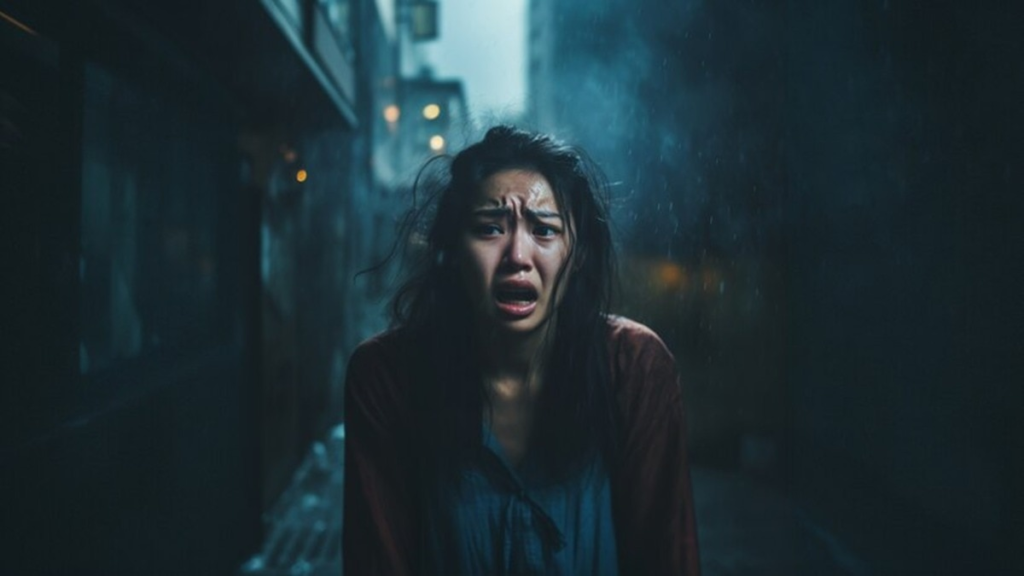Some people are afraid of going into the dark. If you also feel like this, then these are the symptoms of nyctophobia. Actually, this is a mental condition in which there is a deep fear inside the person and whenever he goes into the dark, he is at risk of chest tightness, breathing problems, sweating and increased heart rate. Many people even get panic attacks in the dark. This is a fear that can disrupt normal functioning and interfere with daily life.
Symptoms of nyctophobia
1. People suffering from nyctophobia are afraid to go out alone in the dark of night and prefer to sleep in dim light at night.
2. A person suffering from nyctophobia starts feeling heaviness in the chest and also gets a headache as soon as he faces darkness.
3. People who have phobia of darkness, start sweating frequently due to fear.
4. People suffering from nyctophobia start screaming loudly and crying as soon as they go into the dark.
5. Nyctophobia also affects a person’s sleep. Such people shy away from sleeping alone.
How to avoid nyctophobia
1. Exposure therapy
People who are afraid of darkness are left alone in a dark room under someone’s supervision to spend some time. Practising darkness solves the problem of insomnia and provides relief from nyctophobia. For this, therapy is started by keeping the exposure of lights in the room low and then gradually the fear of darkness starts reducing.
2. Flooding therapy
This is a behavioral therapy, in which techniques are taught to control one’s emotions by overcoming the excitement caused by fear. In this, the focus is on keeping the body relaxed by reducing the level of anxiety. In this therapy, an attempt is made to control the thoughts arising in the mind by closing the eyes.
3. Systematic desensitization
Systematic desensitization is a relaxation technique that involves several steps to reduce anxiety caused by phobia. In this, first a list of your fears is prepared. After that, manageable fears are removed through relaxation techniques. Deep breathing, muscle relaxation and visualization help in reducing fear. Apart from this, awareness and attention start increasing through meditation.
4. Cognitive behavioral therapy
The fear of darkness is also controlled with the help of cognitive behavioral therapy. It is also called CBT therapy or talk therapy. Negative thoughts are controlled by controlling overthinking through conversation.
Source (PTI) (NDTV) (HINDUSTANTIMES)
